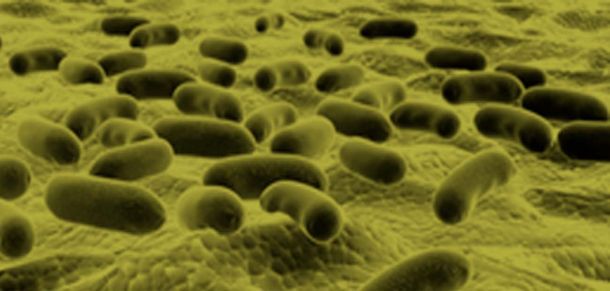- Onsite results in less than an hour!
- Verified Technology (USEPA 2011)
- High data reproducibility
Mycometer® air Fungi is the state-of-the-art test method for onsite quantification of fungal particles in air in less than an hour. The methodology measures the level of fungal particles in terms of viable and most nonviable spores and hyphal fragments. Further, two independent peer reviewed publications have shown that it also measures microparticles from the fungi. The Mycometer® air Fungi methodology quantifies fungal particles in the air by measuring the level of the enzyme, β-N-acetylhexosaminidase (NAHA), from airborne fungal particles captured on a 0,8 µm pore size filter.
The technology is verified by US-EPA (Environmental Protection Agency) and was shown to have a high reproducibility. This high reproducibility is a result of:
- High level of standardization
- Objective analysis, not subjective interpretation like e.g. microscopy
- High and constant collection efficiency
- Minimal sampling handling
The Mycometer® air Fungi has been chosen as the only methodology for measuring mould in air in the new (2011) Danish Standard DS3033 “Classification of the quality of the indoor climate in residential houses, schools, children´s day-care centres and offices”.








